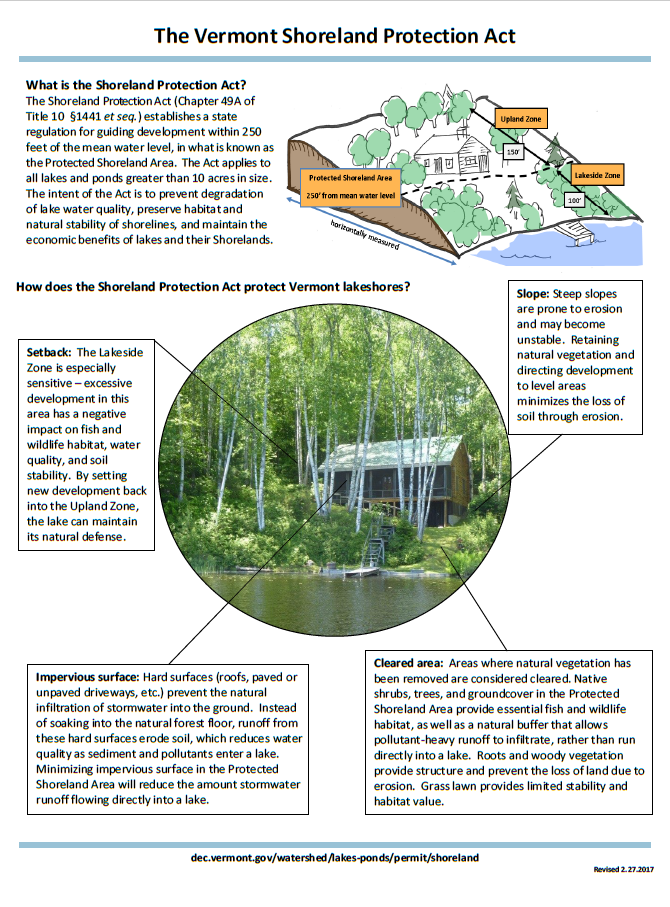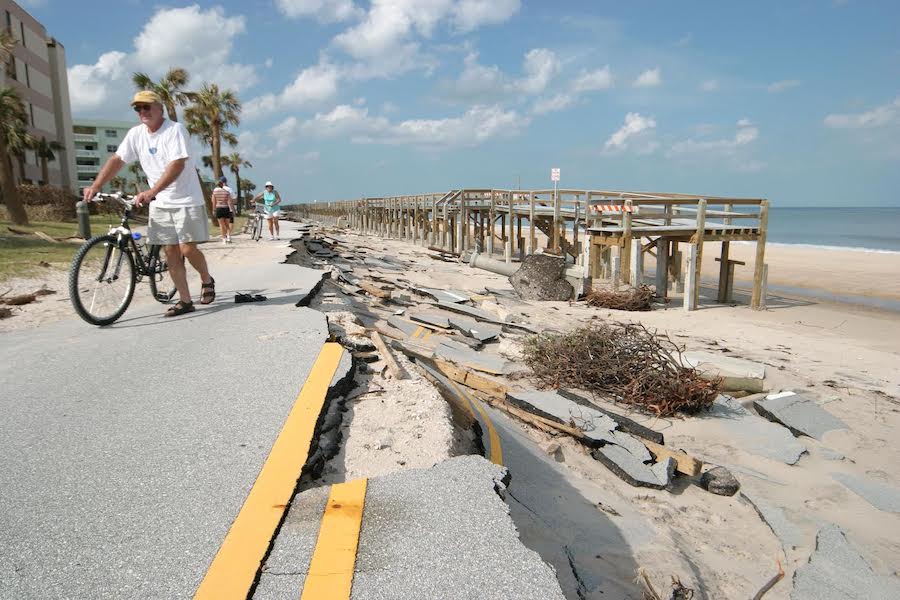Shore Protect Team Fundamentals Explained
Wiki Article
What Does Shore Protect Team Mean?
Table of ContentsThe Buzz on Shore Protect TeamThe Buzz on Shore Protect TeamAbout Shore Protect TeamGetting My Shore Protect Team To WorkWhat Does Shore Protect Team Do?Get This Report about Shore Protect TeamLittle Known Questions About Shore Protect Team.
Reduction in home worth: As the location tourist is impacted by disintegration, so then is the economy. Customers are much less most likely to look for a beach residence that might be destroyed anytime by the upcoming flooding and erosion emergency. In turn, residential property value can go down greatly and impact the whole area.Whether a beach is just small and crowded or needs to shut completely for the security of the ecosystem and close-by buildings, this significantly impacts tourism. Consequently, local economic climates are affected (https://www.threadless.com/@shrprtcttm/activity). Risk of injury: The raised risk of flooding and architectural failures triggers a boosted danger of injury to close-by travelers and community participants

Coastline stabilization is directly relevant to their work. Beachfront resorts: Because shoreline erosion influences tourist, it influences the success of beachfront resorts.
Shore Protect Team for Beginners
Coastal business businesses: No tourists means no service. Coastal state parks: State parks that exist along coasts are at danger of damage.Hard stablizing makes use of synthetic frameworks as security to control erosion. The majority of forms of hard stabilization like seawalls and sheet steel are not excellent for shoreline stablizing.
Some Known Factual Statements About Shore Protect Team
There's also not nearly enough proof of their performance relying on the kind of shoreline and local problems. Hard stabilization methods have a tendency to be more difficult to set up and do not match the natural visual, sticking out like an aching thumb and harming regional ecological communities in many scenarios. Beach sustenance is the process of adding shed sand and debris back to beaches after disintegration has actually occurred.TrapBags help in the process of coastline nutrients by protecting natural environments and enabling plants to grow. While this process can be pricey and is not permanent, the pros tend to exceed the cons. TrapBag barriers deal many residential or commercial properties that make them optimal for seaside and shore disintegration protection. They're: Eco pleasant: You can make use of native dirt both to surround and to fill up the TrapBags.

A Biased View of Shore Protect Team
They can likewise be installed without any kind of heavy equipment. Budget friendly: TrapBags are ideal for both little and large locations of shoreline.Incorporated with a high building price, this has resulted in increasing use various other soft engineering seaside administration options such as beach replenishment. Seawalls are created from different materials, a lot of generally strengthened concrete, rocks, steel, or gabions. Various other feasible construction materials include plastic, wood, aluminum, fiberglass composite, and biodegradable sandbags constructed from hemp and coir. The ideal seawall style relies on location-specific elements, including bordering erosion procedures. There are three main types of seawalls: vertical, bent, stepped, and mounds (see table below).
Natural barriers, such as coral reefs and mangrove forests, protect against the spread of tidal waves and the circulation of coastal waters and alleviated the flood and rise of water. A cost-benefit strategy is an efficient means to identify whether a seawall is appropriate and whether the benefits are worth the expenditure.
Everything about Shore Protect Team
A seawall is a static attribute which can conflict with the vibrant nature of the coastline and hamper the exchange of debris in between land and sea. The table listed below sums up some favorable and unfavorable impacts of seawalls which can be made use of when comparing their efficiency with other coastal monitoring alternatives, such as beach nourishment. [] Benefits and downsides of seawalls according to Short (1999) Advantages Negative aspects Long-term solution in contrast to soft coastline nourishment.
This can trigger coastlines to dissipate, providing them ineffective for beach goers. Typically, seawalls can be a successful method to manage coastal erosion, yet only if they are created well and out of products that can endure the pressure of ongoing wave energy.
Shore Protect Team Can Be Fun For Anyone
The appropriate seawall design relies on location-specific facets, including bordering erosion processes. There are three major types of seawalls: vertical, bent, stepped, and mounds (see table listed below).Natural obstacles, such as coral reefs and mangrove forests, protect against the spread of tidal waves and the circulation of seaside waters and reduced the flooding and rise of water. A cost-benefit method is a reliable method to establish whether a seawall is ideal and whether the advantages deserve the cost.
See This Report on Shore Protect Team
A seawall is a static feature which can contravene the dynamic nature of the coastline and impede the exchange of debris between land and sea. The table below sums up some favorable and negative results of seawalls which can be made use of when contrasting their effectiveness with other coastal administration options, such as beach nourishment. [] Benefits and drawbacks of seawalls according to Short (1999) Benefits Downsides Lengthy term option in comparison to soft beach nourishment. affordable bulkhead.
This can trigger coastlines to dissipate, making them pointless for beach goers. Typically, seawalls can be an effective method to manage seaside erosion, yet only if they are created well and out of materials that can withstand the pressure of ongoing wave energy. Some understanding is required of the seaside processes and morphodynamics certain to the seawall location.
Report this wiki page